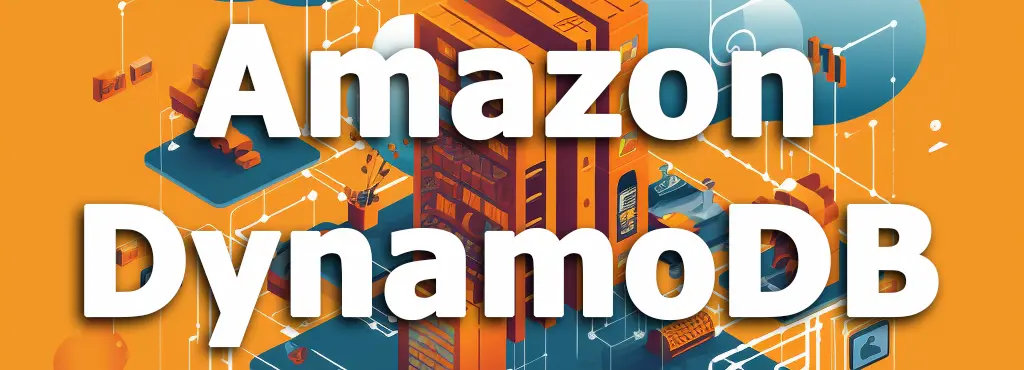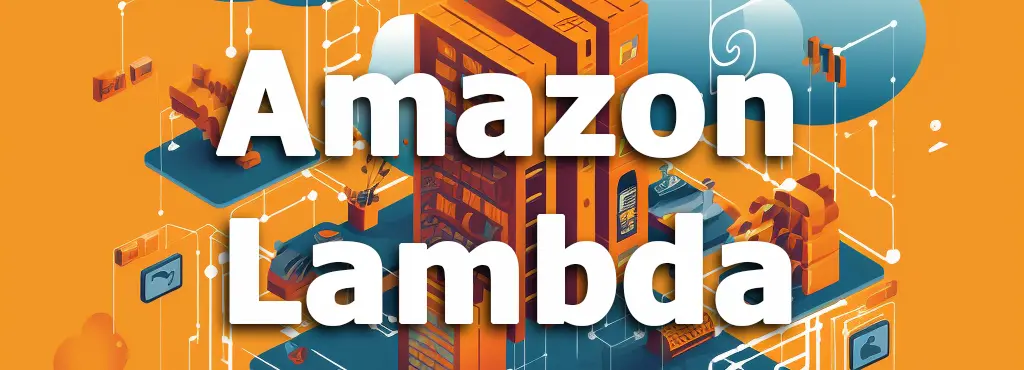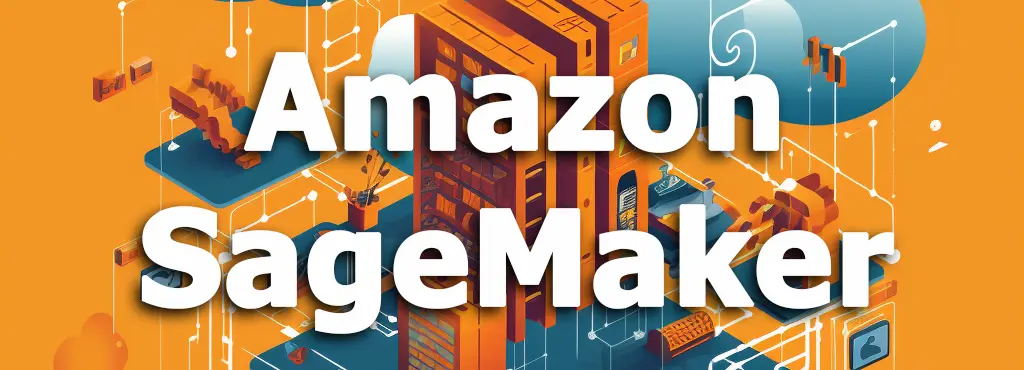AWS Step Functions
AWS Step Functions - A visual workflow tool is provided by AWS to support developers in harnessing various AWS capabilities for the development of distributed applications, the automation of procedures, the coordination of microservices, as well as the creation of pipelines for data and machine learning (ML) purposes.
Key definitions for AWS Step Functions:
-
Visual and easy-to-use workflow configuration
Service enables the definition of workflows as state machines, translating intricate code into clear statements and diagrams. This streamlines app development and ensures alignment with intended functionality. For further insights into the workings of Step Functions, refer to additional resources
-
Integrated error management, timeouts, and concurrent processing flow for distributed applications
In AWS Step Functions, pre-built stages called states streamline your workflow by handling essential service tasks. These states manage data transmission, exceptions, timeouts, decisions, parallel paths, and more. For a comprehensive grasp of states, explore additional details
-
Seamless connection to 200+ AWS services and a vast array of 10+K APIs
-
Coordination of distributed components
-
The ability to reuse components enhances the strength and efficiency of application development
-
Real-time and auditable workflow execution history
-
High availability and fault tolerant workflows
-
Serverless solutions that scale
-
Efficiently manage large-scale orchestration for event processing workflows like IoT and data ingestion
AWS Step Functions introduces Express Workflows, which are tailored for event rates exceeding 100,000 per second. This capability enables the creation of high-volume, short-duration workflows. Express Workflows adeptly manage AWS Lambda function invocations, AWS IoT Rules Engine actions, and Amazon EventBridge events from various AWS third-party SaaS event sources.
-
Security
Integrated with AWS Identity and Access Management (IAM), AWS Step Functions promotes least-privileged IAM policies for workflow resources. It also facilitates VPC Endpoints (VPCE) through AWS PrivateLink, allowing direct access from VPC-enabled AWS Lambda functions and other services without public internet traversal.
-
Pay per use
Using AWS Step Functions, charges are incurred for each transition between states. Billing is based on state transitions, excluding idle periods, regardless of the duration of each state's persistence (up to a year). This cost-efficient model applies as you expand from a few executions to tens of millions.
-
Compliance
AWS Step Functions qualifies as a HIPAA eligible service, suitable for applications involving healthcare data like personal health information (PHI). The service aligns with SOC (System & Organization Control) standards, with audit outcomes accessible on the AWS SOC Compliance site. More details on AWS Cloud Security site.
Service integrates with:
-
Amazon DynamoDB

-
AWS Step Functions

-
AWS Glue

-
Amazon API Gateway

-
Amazon Simple Queue Service (Amazon SQS)

-
Amazon Elastic Container Service (ECS)

-
AWS Lambda

-
Amazon Simple Notification Service (Amazon SNS)

-
AWS Fargate

-
Amazon EventBridge

-
AWS Glue DataBrew

-
Amazon Athena

-
AWS CodeBuild

-
Amazon EMR

-
Amazon SageMaker

-
Amazon Elastic Kubernetes Service (EKS)

-
AWS Batch

Usage use cases
-
Microservice Orchestration.
-
Security and IT Automation.
-
Data Processing and ETL Orchestration.
-
Machine Learning Operations.
-
Media Processing.
FAQ for AWS Step Functions
-
What is AWS Step Functions?
Service streamlines the orchestration of distributed application and microservices components through visual workflows. Constructing applications from discrete functional components enhances scalability and agility.
With the Service Functions service, component coordination and function progression are ensured, aided by a graphical console that arranges and presents application components as sequential steps. This streamlines the creation and execution of multi-step applications.
Automatic triggering, tracking, and error retries are integral to the Service Functions service, ensuring orderly and reliable execution. Comprehensive step-state logging facilitates rapid problem diagnosis and debugging in case of issues. Step modification and addition can be performed without coding, facilitating agile application evolution and innovation.
-
What are some common Step Functions use cases?
Data processing: consolidate data from multiple databases into unified reports, refine and reduce large data sets into useful formats, iterate and process millions of files in an Amazon Simple Storage Service (S3) bucket with high concurrency workflows, or coordinate multi-step analytics and machine learning workflows
DevOps and IT automation: build tools for continuous integration and continuous deployment, or create event-driven applications that automatically respond to changes in infrastructure
E-commerce: automate mission-critical business processes, such as order fulfillment and inventory tracking
Web applications: implement robust user registration processes and sign-on authentication
-
How does Step Functions support parallelism?
Step Functions features a Map state for dynamic parallelism with two modes: Inline and Distributed. In Inline mode, it handles 40 parallel branches with execution limits. The Distributed mode supports up to 10,000 parallel branches and is optimized for Amazon S3. Iterations in the Distributed Map run concurrently, overcoming limits. You can choose Standard Workflow for idempotence or Express Workflow for speed and cost-efficiency. Learn more about the Map state for details.